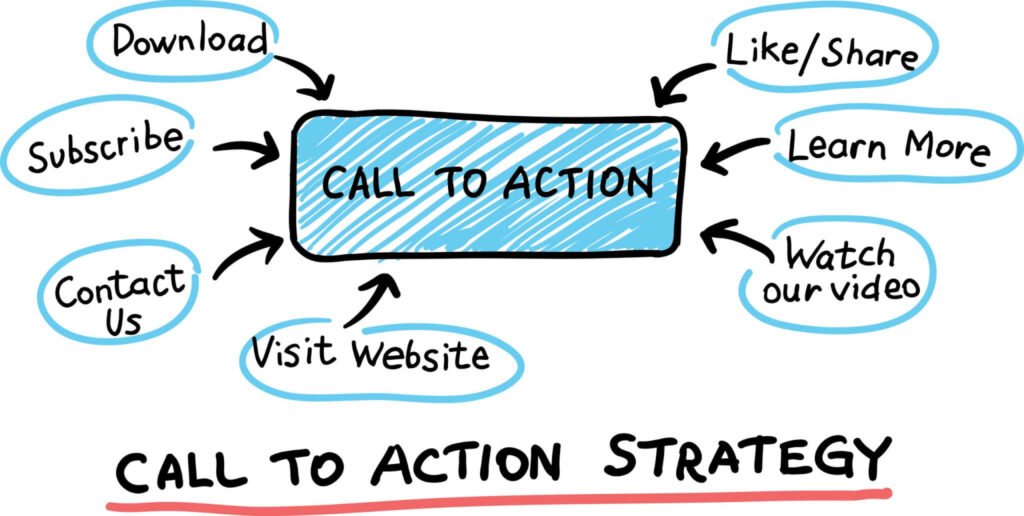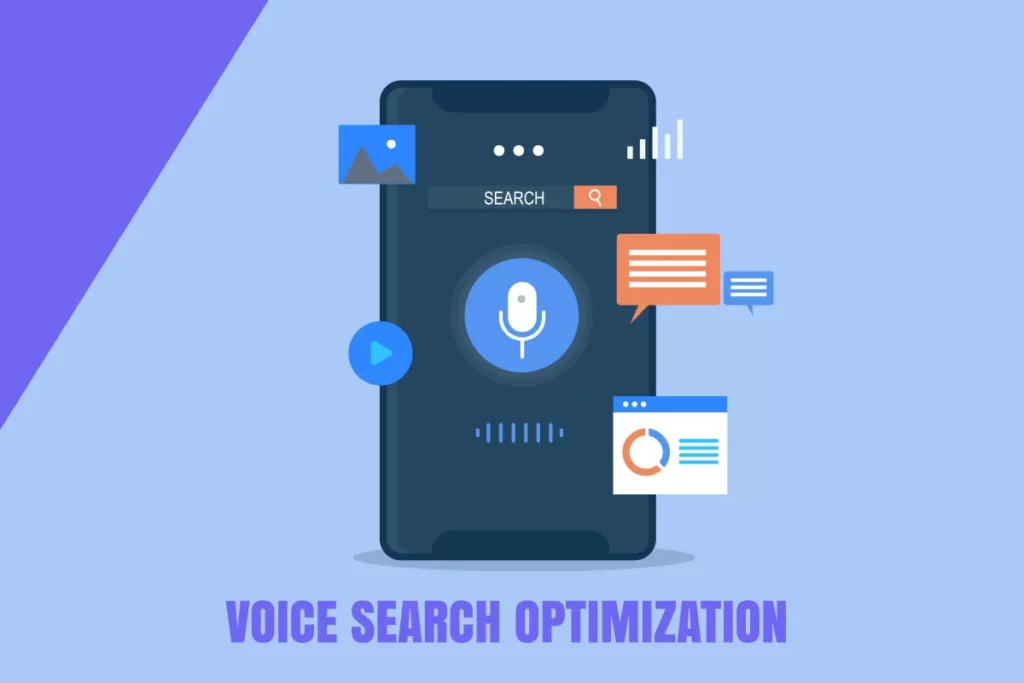Top Graphic Design Tools in 2023
Staying ahead in the ever-changing world of graphic design necessitates utilizing the power of cutting-edge tools. Let’s look at the top graphic design tools in 2023 to see how they can help you boost your creative pursuits and stay on the cutting edge of design innovation. 1. Adobe Creative Cloud Suite Adobe is still a graphic design powerhouse. The Creative Cloud Suite, which includes Photoshop, Illustrator, and InDesign, provides designers with a full toolkit. Adobe’s suite is an industry standard for everything from photo processing to vector drawings and desktop publishing. 2. Canva Canva is a game changer for anyone looking for user-friendly design solutions. It caters to both novice and experienced designers with its drag-and-drop interface and extensive library of templates. With simplicity, create social media graphics, slideshows, and more. 3. Procreate Procreate is an iPad app designed for digital artists and illustrators, with a large selection of brushes, simple controls, and high-resolution canvases. Its smoothness and adaptability make it a go-to tool for mobile illustrators. 4. Figma Collaboration is essential in modern design workflows, and Figma excels at it. This cloud-based design tool enables for real-time collaboration, making it ideal for web and app design teams. Its prototyping capabilities simplify the design process. 5. Affinity Designer Affinity Designer is a strong competitor to Adobe’s services. This vector graphic design software has extensive capabilities such as professional-grade color correction and file format compatibility. A low-cost option that does not sacrifice quality. 6. Gravit Designer Gravit Designer is a powerful design tool that is available on a variety of platforms, including desktop and web-based versions. It is great for generating graphics, logos, and UI/UX designs because to its clean interface and versatile creative features. 7. Sketch Sketch is a macOS-only design application that is popular among UI and UX designers. It is a popular choice for generating interactive and user-centric designs due to its emphasis on interface design, symbol libraries, and prototyping features. 8. CorelDRAW Graphics Suite CorelDRAW has been a graphic design industry standard for decades. The Graphics Suite includes advanced vector illustration, layout, and photo editing tools. CorelDRAW is still a good alternative with to features like LiveSketch and a customized workspace. 9. PicMonkey PicMonkey is an online design tool that emphasizes simplicity and use. It’s perfect for quick edits, creating social media graphics, and designing promotional materials. Its straightforward interface appeals to users with varying levels of design experience. 10. InVision Studio InVision Studio is a dynamic design platform with a single interface that includes vector editing, responsive design, and prototyping. It improves the design and collaboration process by allowing you to create interactive and animated user interfaces. Selecting the Best Tool for You When choosing a graphic design tool, consider your individual design objectives, collaboration requirements, and level of skill. Many offer free trials, allowing you to test out features before making a purchase. Experiment with many tools to find one that fits your workflow and artistic vision. Conclusion The graphic design landscape is thriving, with novel tools catering to a wide range of creative requirements. Whether you’re a seasoned professional or a beginner exploring the realm of design, these top graphic design tools in 2023 provide the versatility and features to bring your creative visions to life.
Top Graphic Design Tools in 2023 Read More »












